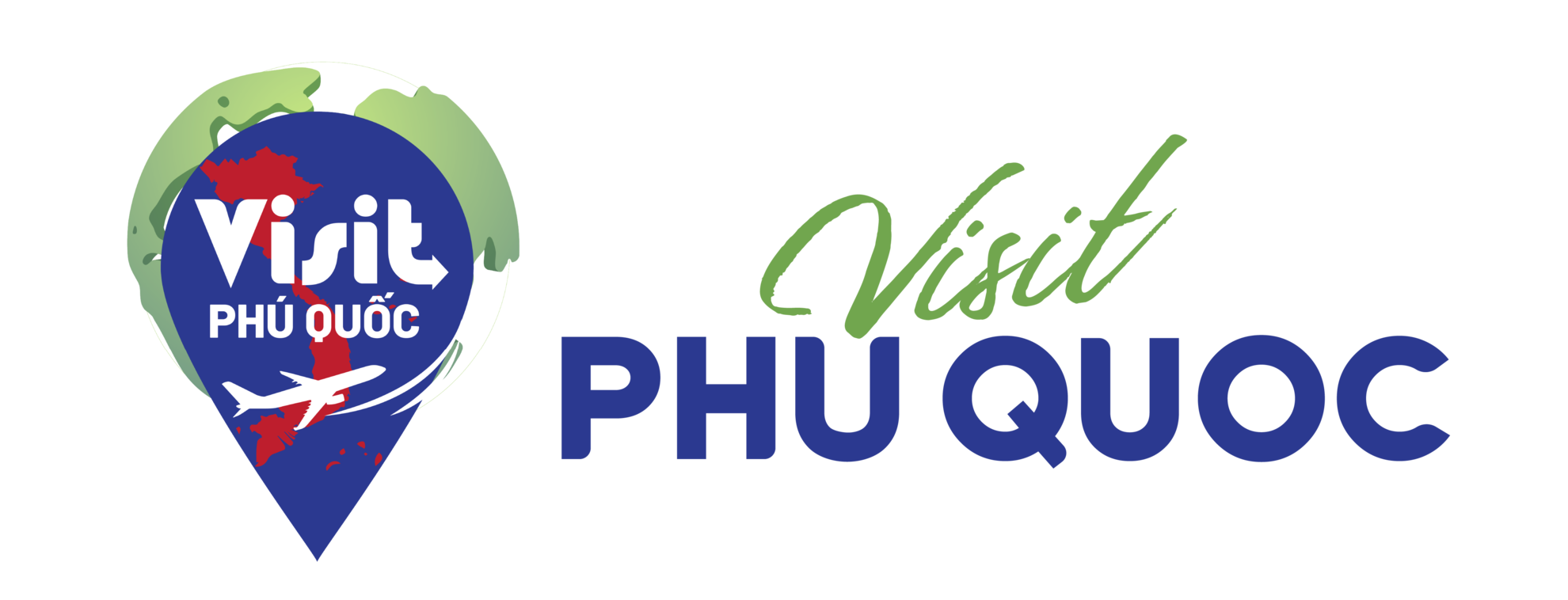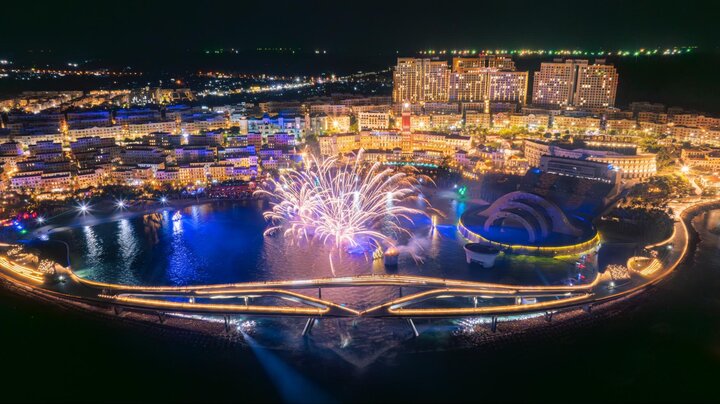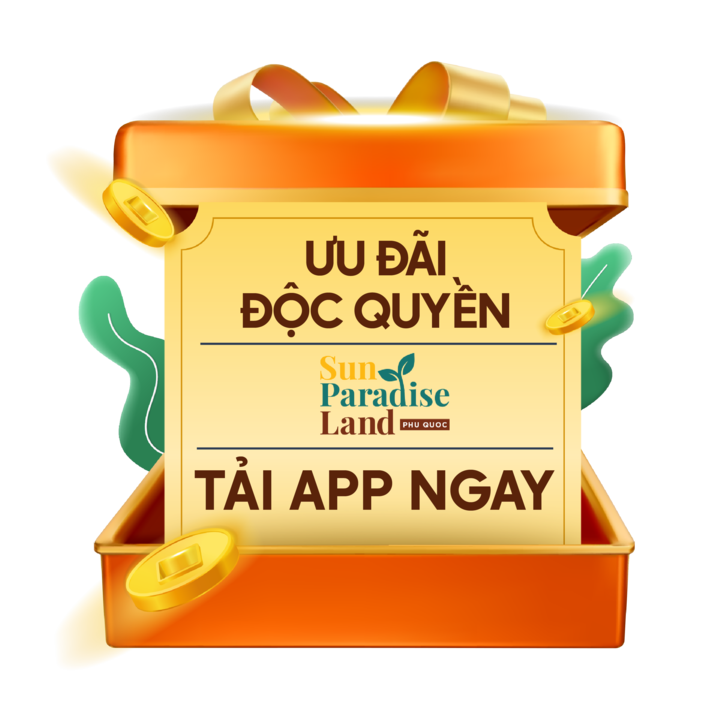Phu Quoc is one of the three new special zones of An Giang Province, alongside Tho Chau and Kien Hai.
According to Resolution No. 1654/NQ-UBTVQH15 dated June 16, 2025, "On the rearrangement of commune-level administrative units in An Giang Province in 2025", Phu Quoc Special Zone has a total area of over 589km2, including the entire natural area and population of Duong Dong and An Thoi wards and six communes: Duong To, Ham Ninh, Cua Duong, Bai Thom, Ganh Dau, and Cua Can of the former Phu Quoc City.
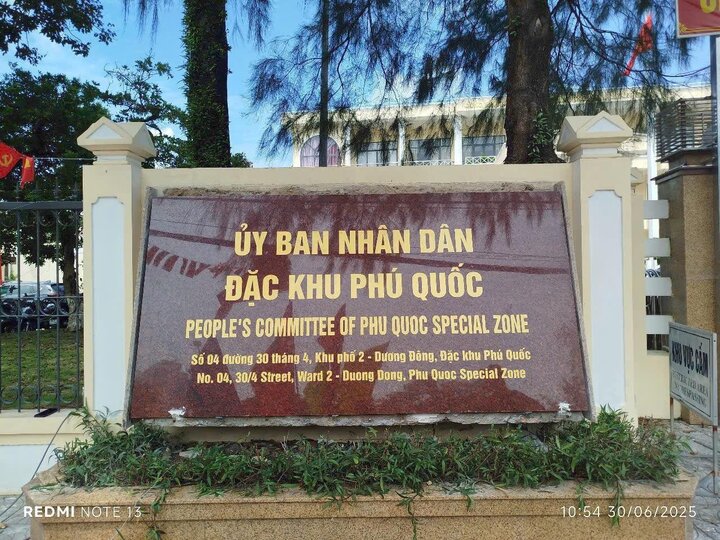
The nameplate of Phu Quoc City People’s Committee was updated to Phu Quoc Special Zone People’s Committee on June 30.
Phu Quoc Special Zone - The New Development Engine for the Southern Coastal Region
During the June 4 meeting with the Standing Committees of Kien Giang and An Giang Provinces on the implementation of central resolutions and conclusions, General Secretary To Lam emphasized: “Phu Quoc's development strategy must clearly define priority investment sectors, special policies, and special zone governance models suitable for the marine economy, tourism, and innovation-driven services, contributing to shaping Phu Quoc as an international hub for ecology, leisure, finance, and innovation in this new development phase.”
Established as a special administrative-economic unit, Phu Quoc Special Zone holds strategic importance across multiple areas: a maritime economic hub, a tourism growth engine, a strong magnet for foreign investment, and a vital international trade gateway of the Mekong Delta. Especially with its synchronous infrastructure with international airport, seaports, and inter-regional traffic networks. So that, Phu Quoc is a key link between Vietnam, ASEAN, and major global economic centers.
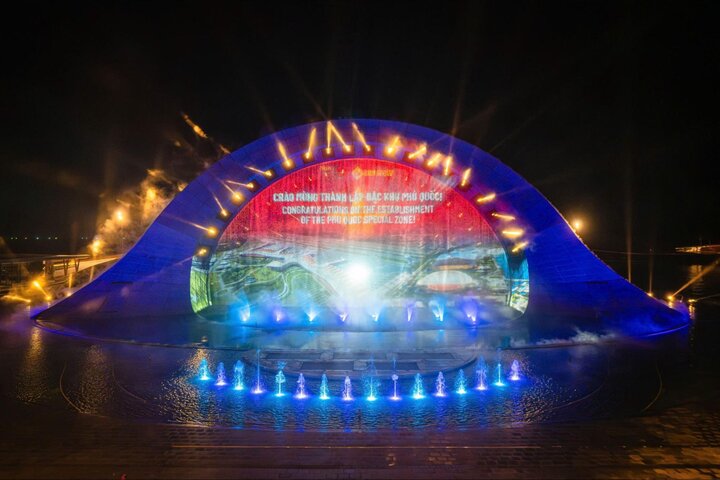
Tourism zones enthusiastically celebrated Phu Quoc’s new status as a special zone.
Becoming a special zone allows Phu Quoc to apply breakthrough mechanisms in investment, finance, and administration, accelerating sustainable and comprehensive development. The zone's administration will be granted greater autonomy in land management, construction, and social welfare... enabling a lean, community-oriented, and pragmatic administrative apparatus to efficiently resolve procedures, clear bottlenecks, and drive socio-economic growth.
The province aims to develop Phu Quoc into a marine economic center, a smart city, and a sustainable eco-tourism destination; promote international integration and attract high-quality investment; while preserving ecological environments and local culture throughout its development.
Priority sectors include: green tourism, maritime logistics, high technology, financial services; completing the international airport, upgrading seaports, expanding urban and telecom infrastructure; training high-quality human resources; green space planning, waste management, renewable energy development, and establishing a distinct legal framework for the special zone model.
From a Pristine Fishing Village to a New Special Zone
Many successful special economic zones in the world, such as Shenzhen (China) and Jeju (South Korea), originated from coastal regions relying primarily on traditional fishing. This geography became a strategic advantage: facilitating transport, trade, import-export, and attracting foreign investment. Special zone strategies created economic miracles for these cities. Shenzhen has grown to become one of the world’s top megacities, especially in technology and finance, ranking fourth globally in the number of billionaires. Jeju has thrived in tourism, welcoming millions of visitors annually.
Phu Quoc is expected to follow this pattern. From a humble island depending on fishing, it has risen to become a dynamic economic and tourism center, playing an increasingly vital role in the development of the Mekong Delta and the entire country.
Over two decades of development, Phu Quoc’s economy has significantly transformed. From 2011–2024, its production value growth rate remained over 38% annually, six times the national average.
In recent years, Phu Quoc has impressed not only with strong economic growth but also with its popularity among international tourists.
Phu Quoc also boasts exponential tourism growth. In just the first half of this year, the island welcomed nearly 4.5 million visitors (up 33.3% YoY, reaching 61.1% of the annual plan), including approximately 900,000 international tourists (up 76.7% YoY), and achieved total revenue of about VND 21,588 billion (up 92.6% YoY).
Phu Quoc’s transformation has made it the envy of many other tourism hotspots in Vietnam, with over 300 investment projects. The involvement of major private conglomerates like Sun Group, VinGroup, BIM Group… has built a world-class resort ecosystem across the island, hosting renowned international hotel brands such as Marriott International, Accor, Rosewood Hotels, Curio Collection by Hilton… and soon Rixos, The Luxury Collection, Ritz Carlton Reserve… Especially in the southern part of the island, nightly artistic fireworks, world-class performances, and iconic landmarks such as the world’s longest three-rope cable car and the Kiss Bridge light up the night.
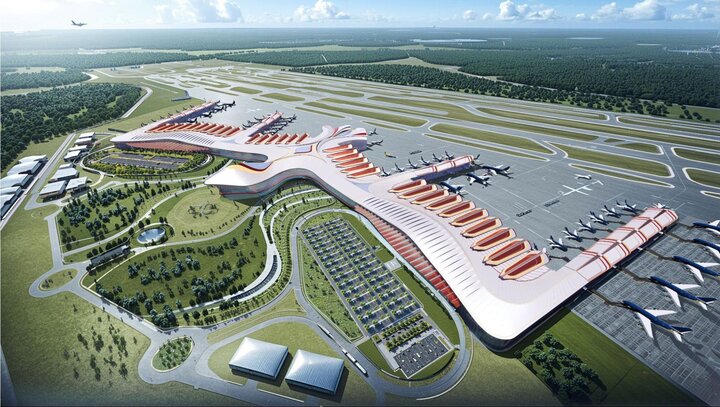
Phu Quoc International Airport is undergoing expansion with a total investment of nearly VND 22,000 billion, aiming to become one of the world’s most advanced airports.
The combination of the special zone model and being selected to host APEC 2027 is giving Phu Quoc wings. Twenty-one investment projects with hundreds of trillions of dong in total budget, covering social infrastructure, transport infrastructure, and a premium tourism-resort ecosystem, will strongly propel Phu Quoc into a phase of high-quality growth, deep international integration, and affirm its role as a new marine economic center for Vietnam, on par with international destinations like Bali (Indonesia) and Singapore.
Special mechanisms and policies will serve as the foundation, while APEC will be the global stage, for Phu Quoc to emerge with a brand-new image: a destination for tourism, global events, and economic activity, becoming a new symbol of Vietnam's international integration.
